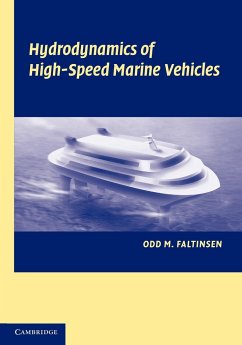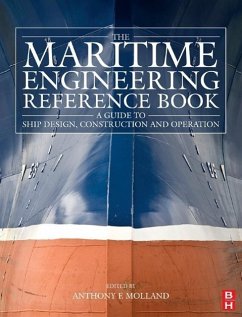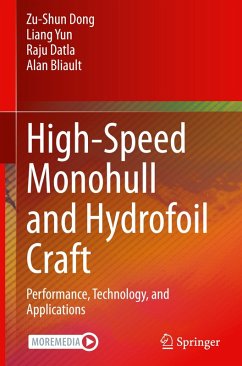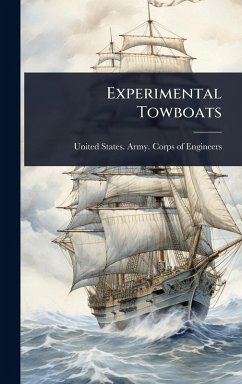Nicht lieferbar
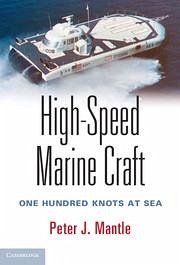




This book details the effort to build a large ship capable of traveling at 100 knots, from historical and technical perspectives.
Peter Mantle's long career as naval architect and aerospace engineer includes positions as a Chief Engineer and Test Pilot for the first surface effect ship, an aerodynamic air cushion craft; Technical Director and Program Manager of the US Navy 100-ton displacement surface effect ship 'SES-100B' that set a world speed record of 91.90 knots; Director of Technology Assessment, Office of Secretary of Navy (SECNAV) and Chief of Naval Operations (OPNAV) in The Pentagon for all research and development on aircraft, ships, submarines, missile systems and classified projects; Chairman, NATO Studies on Air, Land and Sea Battles; and Chairman, US Delegation to NATO Industrial Advisory Group, on defense matters for NATO. He is the author of numerous research articles and three books: A Technical Summary of Air Cushion Craft Development, Air Cushion Craft Development, and The Missile Defense Equation: Factors for Decision Making.
Produktdetails
- Verlag: Cambridge University Press
- Seitenzahl: 656
- Erscheinungstermin: 11. Dezember 2015
- Englisch
- Abmessung: 257mm x 185mm x 40mm
- Gewicht: 1270g
- ISBN-13: 9781107090415
- ISBN-10: 1107090415
- Artikelnr.: 41786375
Herstellerkennzeichnung
Libri GmbH
Europaallee 1
36244 Bad Hersfeld
gpsr@libri.de
Für dieses Produkt wurde noch keine Bewertung abgegeben. Wir würden uns sehr freuen, wenn du die erste Bewertung schreibst!
Eine Bewertung schreiben
Eine Bewertung schreiben
Andere Kunden interessierten sich für




